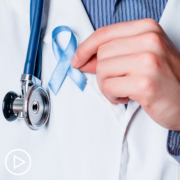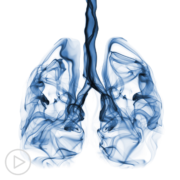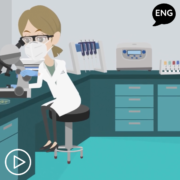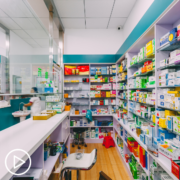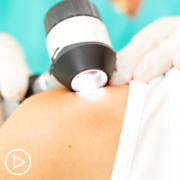Confused About AML Genetic Testing and Treatment? What You Need to Know
Confused About AML Genetic Testing and Treatment? What You Need to Know. from Patient Empowerment Network on Vimeo.
Related Resources
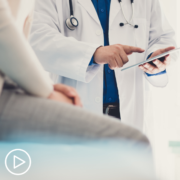
|

Effective AML Combination Treatment: Pairing Old and New Therapies |

|
Transcript:
Dr. Mims:
So, in regards to older treatments and being effective, seven plus three, which is an intensive chemotherapy, is still the standard of care treatment for patients with favorable risk AML, if they’re candidates for intensive treatments because it is potentially curative. And 7 + 3 is also the backbone for newly diagnosis for patients with FLT3 mutations, we add a FLT3 inhibitor called Midostaurin onto that, as it’s shows to improve overall survival with the addition of that compared to just the chemotherapy alone.
And also, hypomethylating agents, which are a less intensive treatment, were the standard of care for patients who couldn’t tolerate intensive chemotherapy.
And now we’re seeing the addition of other agents being added to this, like the BCL2 inhibitor of Venetoclax.
And recent data in phase 3 trial comparing the hypomethylating agent alone versus adding that agent did show an overall survival advantage. And so, these are definitely evolving, and I think as we are learning more about targeted therapies and how they can best be used in combination with chemotherapy other than single. Agent. But you give two targeted therapies together and having even better outcomes. We hope we continue to make improvements from where we were even just five years ago and do a better job for.


